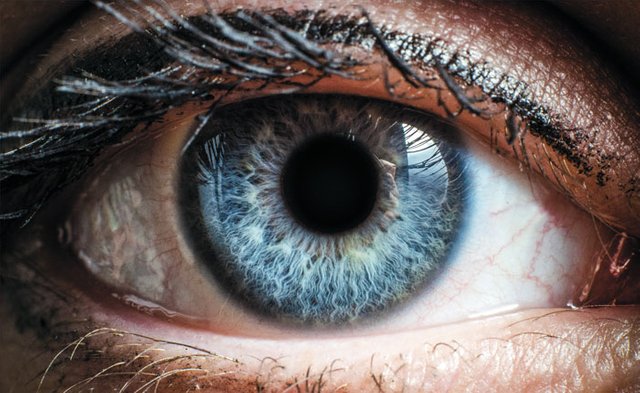How evolution could have created the human eye? (EvoPsy) (Misconception)
Evolutionary Psychology Lesson #2: Evolutionary Misconception #1:
Introduction
If you are new here, welcome to my blog where I present evolutionary psychology concepts on a daily basis. If you haven’t done so already, I strongly recommend you read my first post where I presented an introductory overview of the evolutionary psychology field, in this blog post and the following ones I will be debunking misconceptions people may have about the theory of evolution first postulated by Charles Darwin. In this post I will be discussing; how could natural selection have created species with features as intricate as the human eye?

The mystery of the human eye
In order to solve this mystery, one has to understand that the evolutionary transformation that a species go through happens at such a slow rate that changes are virtually indistinguishable without comparing several generations of the species apart, thus physical and psychological features transform in several primal iterations before arriving at their current form. To continue on the example of fear from my previous article, the emotion of fear as we know of didn’t suddenly appear at a certain point in our evolution, what is more likely to have happened is that a very mild form of fear appeared in some individuals as a mutation which only gave them a marginal edge for survival and consequently for reproduction, nonetheless we can expect that by passing the mutated gene to greater number of offspring at a slightly superior rate for several generations a small edge in reproductive potential given by a mutation will inevitably lead the mutation to spread throughout the gene pool of the population. If you don’t see evolution as a slow incremental process I can comprehend why some individuals may be inclined to reject evolutionary claims, it is only through the understanding of this gradual process that one can get his head around the idea that natural selection could have shaped an organism as intricately complex and highly sophisticated as us human beings. In that vein, the human eye, in particular, can be puzzling to conceptualize from an evolutionary perspective notably in regard to his sophistication, but what can be even greater complexity to figure out is; how did natural selection randomly generated something that could provide vision to begin with? How do you go from no eye to suddenly having some sort of eye which provides you with vision? In that regard, researchers make the parallel with a species of jellyfish, the bell jelly, which has a very primal form of vision with eyes which are nearly indistinguishable from the rest of their body providing them with some very basic form of color detection (see youtube documentary in sources for more details). When you start comparing our eye with other primal forms of eyes coupled with the understanding of the incremental process of evolution, it becomes easier to believe and conceptualize the evolutionary claims. If we could showcase all the previous iterations that our eyes took shape before arriving at his final form (see image below as an example), I doubt anyone would dispute evolutionary claims base on the seemingly improbable idea that natural selection could have shaped something of the complexity of the human eye.
Closure
Moving forward what will be interesting to explore from the perspective of evolutionary psychology in this blog is; how did natural selection shape psychological human traits such as shame, love and compassion? Why did they emerge? Or in other words what evolutionary role do they play? And also are they still properly adapted to the environment of our industrialized civilization?
Sources:
www.youtube.com/watch?v=iuuan74brFM&t=340s

Great post! Very interested in Evolutionary Psychology myself, I've read Blank Slate by Steven Pinker and The Moral Animal by Robert Wright this year and loved both of them. Do you know if it's true that human eyes can see more shades of green than any other colour because it helps distinguish predators amongst foliage? Just wondering!
Yes, this is actually the case, in comparison to other species our color vision is quite good (much better than dogs for example who only see few colors). As you pointed out, we are better at discerning shades of green which makes sense from an evolutionary perspective. That being said, in comparison with most mammals and birds our ability to see in the dark is quite poor. Also, birds such as the eagle have an eyesight far superior than us which allow them to track down prey from distance at high speed.